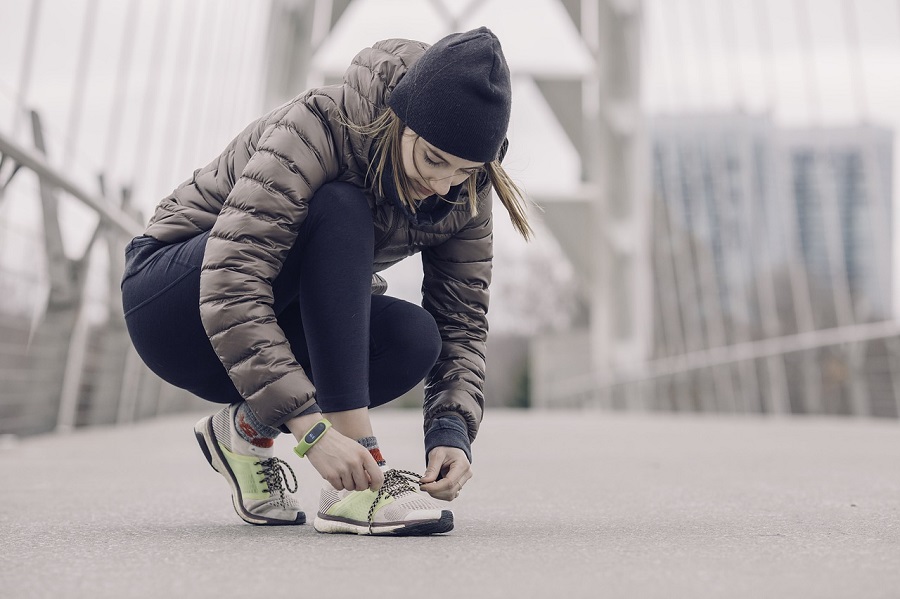3 Winter workout tips

The winter chill has sent most of you into hibernation, but does that mean you need to say goodbye to outdoor exercise in winter? Not exactly. Unless the temperatures drop to minus 18°C, you can have a safe cold-weather workout as long as you are fully prepared. So here are some winter workout tips that can help you boost energy without being hurt by the winter chill. Let’s get started.
- Dress in layers

It is a big mistake to be dressed too warmly when you want to exercise in cold winter. Exercise will considerably warm you, and you won’t want to sweat too much and be left in the cold, risking dehydration and even frostbite.
So the only solution is to dress in layers, rather than single sweat-wicking clothes. The layers will just lock warm air around your body and resist the elements outside, including rain, snow, and wind. Here’s how to layer up for winter workouts:
First, put on a thin layer of synthetic material, which can draw sweat away from your body. Never choose cotton, because it will only keep wet next to your skin. Then, wear a layer of fleece for insulation. And the last step, add a waterproof and breathable layer to protect you from the elements.
- Protect your extremities

Your blood flows to your body’s core, so there’s little left for your head, hands, nose, ears, and feet to stay warm. To keep them from freezing, wear a hat and a pair of gloves. Consider buying exercise shoes so that you can wear thick socks or add a pair of regular socks. Remember, all these add-ons should be wool or synthetic, which can help keep sweat off your skin.
- Do a warm-up beforehand
Warm-up is important for exercise, especially for cold-weather workouts. Proper warm-ups can increase blood flow and help decrease the risk of injuries — just imagine a cold rubber band. It easily snaps, but it becomes more pliable and less likely to fray after warming up.
Warm-up changes according to what type of workout you are doing, but all warm-ups share one feature: they are actually low-intensity movements mimicking the workout you are performing. For example, if you are going to run, your warm-up can be squats, arm swings, and core activation work.















